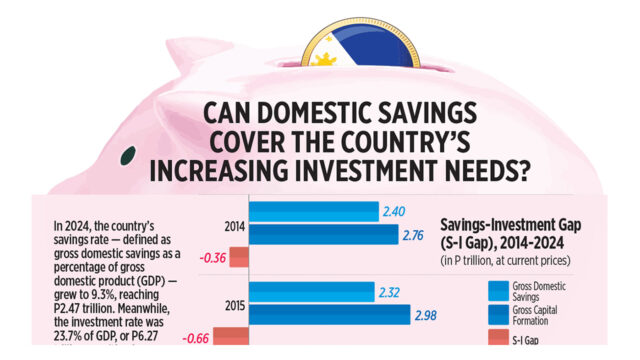LOS ANGELES — Behind the glitz of the movie awards season that culminates with the Oscars on Sunday, Hollywood is fighting a battle to keep its place at the center of the global film business.
None of the 10 best picture contenders to be celebrated at Hollywood’s Dolby Theater were filmed in Los Angeles (LA), home to most major film companies for more than a century. Nominee Wicked, for example — a prequel to the classic movie The Wizard of Oz — was filmed in Britain.
Movie and TV production has been exiting Hollywood for years, heading to locations with tax incentives that make filming cheaper. Crew members were hoping for a rebound in Los Angeles after strikes by writers and actors in 2023, but statistics show the comeback has been slow.
The wildfires that destroyed sections of Los Angeles in January accelerated concerns that producers may look elsewhere, and that camera operators, costume designers, sound technicians, and other behind-the-scenes workers may move out of town rather than try to rebuild in their neighborhoods.
“There are a lot of people that haven’t worked in a while because of the strikes and everything, and now the fires,” said Samantha Quan, producer of Oscar best picture nominee Anora, filmed in Brooklyn, New York, and Las Vegas. “I think it’s been a good wake-up call for everyone to push for production to go back to Los Angeles.”
Advocates have launched a “Stay in LA” campaign, hoping to capitalize on the goodwill toward Angelenos following the fires. A petition calls for politicians to lift the cap on tax incentives for filming in the city for the next three years as part of the wildfire recovery effort.
They also are urging studios to commit to increasing production in LA by at least 10% over the next three years.
Gavin Newsom, California’s Democratic governor, has proposed boosting the state’s film and TV tax credits to $750 million a year, up from $330 million annually.
Filmmaker Sarah Adina Smith, an organizer of the “Stay in LA” campaign, said she backed that increase but called on the state to do even more, including making permitting easier.
“We’re not saying that everything should be shot in LA, but it’s almost never an option anymore,” she said.
Ms. Smith said she had developed a show in which “the entire culture of it was LA and Malibu.”
“When it came time to budget that show, they had us choose between South Africa and Australia,” she said. “LA was never a contender.”
“That’s the kind of thing that needs to change, because I think it’s really short-sighted of us to lose this absolutely amazing industry and legacy we have here,” she added.
More than 21,000 people have signed the “Stay in LA” petition, including big names such as Kevin Bacon, Zooey Deschanel, Bette Midler, Keanu Reeves, and Olivia Wilde.
“I hope people realize how important it is to bring jobs to LA,” said Susan Sprung, chief executive officer (CEO) of the Producers Guild of America. “We have the best crews in the world. We have the best producers in the world. Most people live here. They want to work at home.”
PREFERRED FILMING LOCATIONS OUTSIDE US
Permitting data shows production in Los Angeles in 2024 fell to the second-lowest level on record, ahead of only the COVID-19 year of 2020. Production dropped 5.6% from 2023 to 2024 to 23,480 shoot days, according to FilmLA.
A survey of executives by ProdPro found California was the sixth most preferred place to film in the next two years, behind Toronto, Britain, Vancouver, Central Europe, and Australia.
While studios including Walt Disney and Netflix are still based in Los Angeles, that could change, said writer Alexandra Pechman, a “Stay in LA” organizer.
“If they don’t commit to shooting projects here, where their offices are, why are the studios here? Those jobs might pick up and leave too,” Ms. Pechman said.
Duncan Crabtree-Ireland, national executive director of the SAG-AFTRA actors union, said he was optimistic after talks with Hollywood CEOs. One executive told him they had committed to shooting 60 projects in Los Angeles this year.
“I think that we’re going to see this rebuild, but it can’t be fast enough for me,” Mr. Crabtree-Ireland said. “I wish it was immediate.”
Sunday’s Oscars will acknowledge the fires and celebrate the resiliency of Los Angeles, according to organizers. Some speakers may try to rally support for keeping production in Hollywood, as they have at other awards shows.
At February’s Critics Choice Awards, Hacks co-creator Paul W. Downs urged power players in the business to insist on filming in the city.
“The more we tell people that we shoot in Los Angeles, the more we hear, ‘you are so lucky,’” Mr. Downs said. “That shouldn’t be the case because this is an industry town, and we should have more productions in LA.”
“I feel like the people in this room have the power to make that happen,” he added, “so we need to ask to shoot our shows here in LA.” — Reuters




















